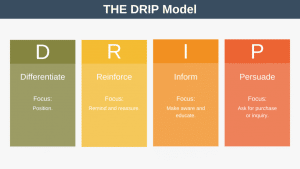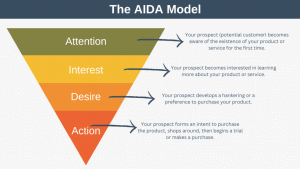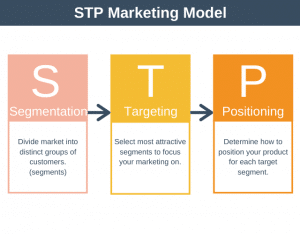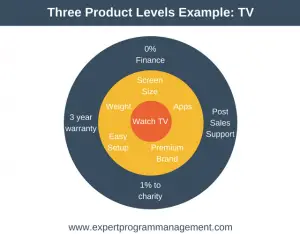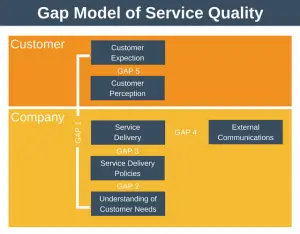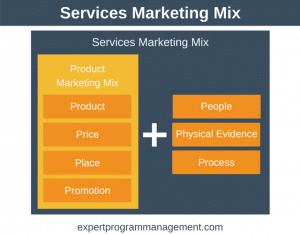When concepting and planning new products companies often begin by first examining their target customers. This is a good thing. However, when examining their customers, companies often start by segmenting them, for example, by age or address, and then targeting their new products suitably within these segments. This, according to Clay Christiansen, a professor of Business Administration at Harvard University, is a bad thing.
The simple fact that 95% of consumer product launches fail is enough to convince Christiansen that this approach isn’t working. The primary reason these products fail is that they don’t fulfill a real or perceived need. A new approach is needed, one that is based on an even deeper understanding of how consumers behave.
The issue is that consumers don’t live their lives according to segmentation – they just can’t be that easily pigeonholed Most people take life as it happens, and when they encounter a problem in their lives they essentially “hire” a product to solve that problem. Being in a certain demographic may correlate with a certain decision to hire a product, but it doesn’t drive that decision. For example, just because you’re an 18-24 year old college student doesn’t mean you’ll buy a certain brand of cola.
According to jobs-to-be-done theory, when a customer has a job to be done, for example, to satisfy a thirst, they hire a product to fulfill this problem. They could hire any one of a number of products to solve their problem dependent on circumstances, so while a cola might be great in the morning because of the caffeine kick, an energy drink might be better before a workout.
Once you have a really deep understanding of what jobs your customer needs help fulfilling you will be able to build products that fulfill their needs, be they perceived or real.
Now you have a product which fulfills their needs, Christensen proposes using purpose branding to attract customers. Purpose branding means is that the entire product brand and how you communicate with consumers should be solely about the particular job-to-be-done the product satisfies. For our energy drink we might make the marketing message all about having a better workout and thus looking better and being happier. For our cola we might make the marketing all about having a great start to the office day because of the caffeine kick, perhaps even making a fantastic presentation to your colleagues.
Here are some simple examples of jobs-to-be-done marketing from the real world:
- FexEx gets your package from one place to another as fast as possible.
- Ikea helps you furnish your home TODAY.
- Dominoes pizza allows you to eat in your home within 30 minutes, “you get fresh, hot pizza delivered to your door within 30 minutes, or it’s free!”.
Summary
With jobs-to-be-done theory Christensen is proposing that companies dig very deep to understand both their customers and their desired customers. The company should then use those insights to build not just better products but better marketing propositions built around these insights, which are both more relevant and resonant. Ultimately, the company that understands the problems of its customers the best will will.
* Image by eston


